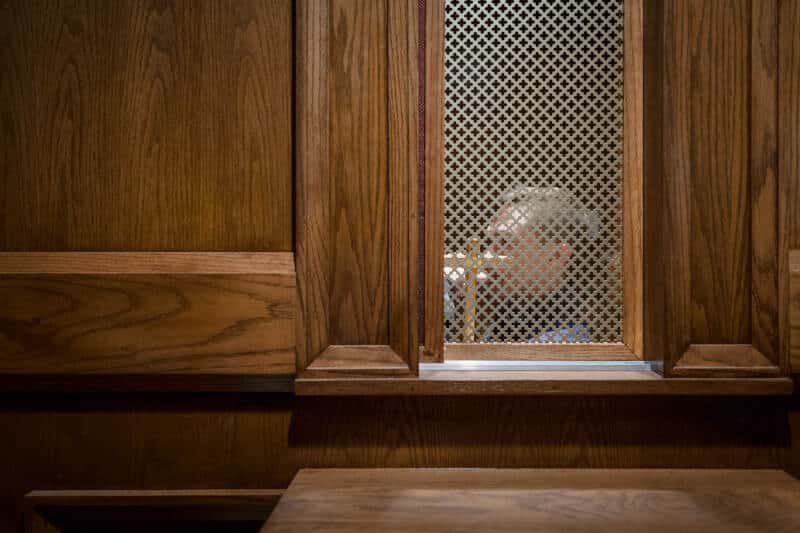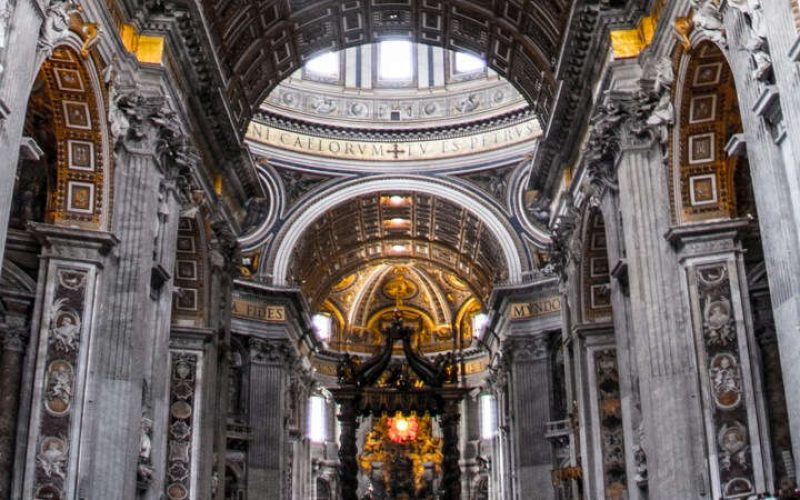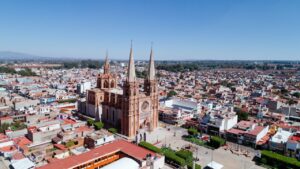St. Augustine lived from November 13, 354, until August 28, 430, in Hippo, then part of the Roman Empire, Now in Algeria. He wrote Confessions first, in about 397, as an apology for his sinful life. As he said in Confessions, St. Augustine was a sinner who became a saint. So, all people can reform and become saints.
He became one of just 32 Doctors of the Catholic Church. In Confessions, St. Augustine wrote of his lust for prestige, something to which we can all relate, and his wayward youth. In Confessions, St. Augustine also wrote about his relationship with his mother, St. Monica. Do you believe you can reform your life and become a saint?
A Summary of St. Augtine’s Confessions
Confessions are a prayer to Go, which is important to understand if you pick it up to read. You also need to respect the intellectual power of St. Augustine in Confessions, and he is very in tune with his feelings. The opening prayer sets the tone for the entire book: “Great art Thou. O Lord, and greatly to be praised; great is Thy power, and of Thy wisdom there is no number. And man desires to praise Thee. He is but a tiny part of all that Thou has created…” That prayer is from Book 1: Infancy to Adolescence.
In book 2 of Confessions, St. Augustine writes about his confusion during adolesce. Essentially, he was torn between the pleasures of the senses and mind and God. It is a choice we all know well. He writes, “My one desire was to love and to be loved. But in this, I did not keep the measure of mind to mind, which is the luminous line of friendship…”
In book 3 of Confessions, St. Augustine writes about being a student away from home in Carthage, where he went away to an advanced private school. It was there that he started to believe in Manchism, which was shunned by the Catholic church. His belief in Manchism caused his mother, St. Monica, a lot of pain. Manchiees essentially believes that the only way to salvation is through knowledge. Machis also believed that the body is bad and the spirit is good, so how could Jesus have taken a human form?

In book 4, St. Augustine writes of the death of a friend at home in Tagast and of leaving his Macian beliefs behind. Book 5 details St. Augustine’s trip to Milan, where he befriends St. Ambrose, another doctor of the Catholic Church. This book covers his 28th year. Book 6 of Confessions is about St. Augustine’s time in Milan, where the Roman Emperor was. He was, essentially, the press secretary for the Roman Emporer. It is in this book that he sends his mistress back to Africa.
Books 7 and 8 are about the conversion of St. Augustine. This is the most powerful account of Christian conversion since St. Paul in the New Testament. Book 9 is about the newly converted St. Augustine. He was baptized by St. Ambrose. St. Monica dies with her family around her, and though Augustine is filled with grief, he is also hopeful.
Books 10 to 12 of Confessions are about St. Augustine’s life as a Christian. Among other things, these chapters provide a valuable window into the decay of the Roman Empire. The Empire’s sacking by barbarians and vandals is the stuff of legend, It is written about in many history books.
Conclusion
Confessions is one of the greatest books St. Augustine has written. It is a valuable part of any library. The main message is that a sinner can redeem themselves, something to which we can all relate. Even if the path may lead one to becoming a saint. Confessions are also important as a historical reference, written at a crucial time in world history.








